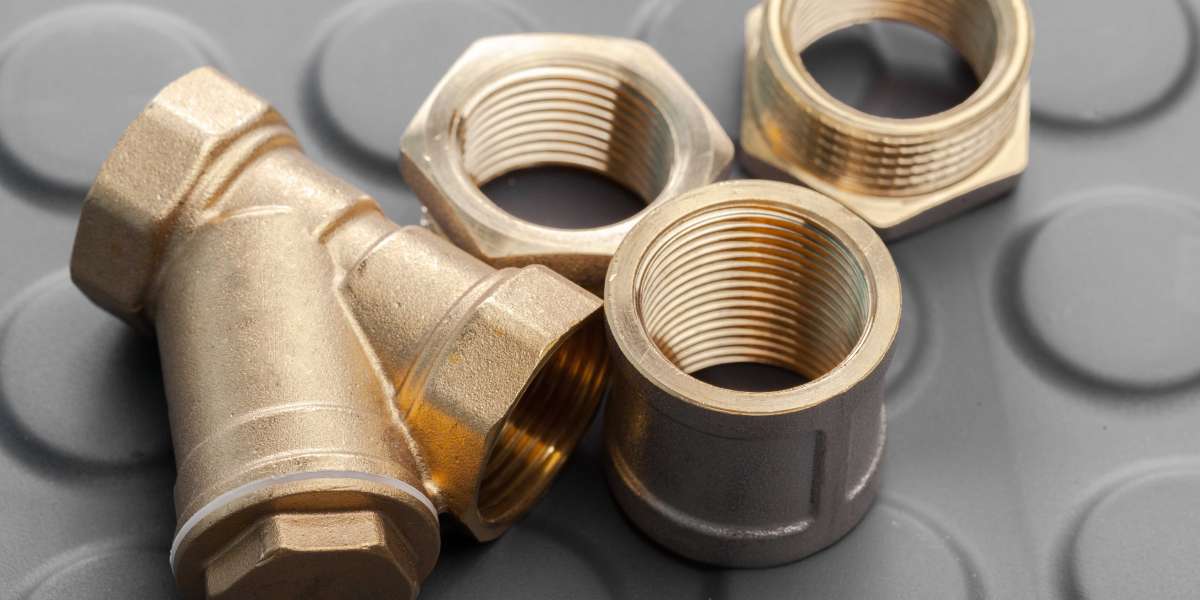Upgrading to performance fuel lines is one of those exciting steps that can transform a vehicle’s reliability and efficiency. Whether it’s a street machine or a track build, the goal is always to boost fuel delivery while maintaining safety and flow. But as simple as it may seem, installing fuel lines the wrong way can lead to frustrating leaks, vapor lock, or even engine damage. Let’s take a closer look at the most common mistakes enthusiasts make during installation and how to avoid them.
Skipping the Right Planning and Layout
One of the biggest mistakes when installing performance fuel lines is jumping in without a clear plan. Routing fuel lines randomly or too close to heat sources can cause fuel to vaporize before it reaches the injectors. Poor routing also increases the risk of abrasion or damage from moving parts.
Before starting, it’s best to map out the path on paper or even with a mock-up using string or tubing. Keep lines away from exhaust components, sharp edges, and moving suspension parts. Taking an extra hour to plan the layout properly can save days of rework later.
Using the Wrong Hose Material
Not all hoses are created equal. Some fuel lines aren’t compatible with today’s ethanol-blended fuels, which can cause them to break down prematurely. Rubber hoses may seem like an affordable choice, but they can deteriorate quickly and allow fuel smell to seep into the cabin.
For performance builds, PTFE-lined hoses are often the best bet. They resist permeation and handle high pressure and temperature much better than traditional rubber. Pairing these hoses with reliable AN Fittings ensures a tight, leak-free connection that can withstand the stresses of high-performance driving.
Over-Tightening or Under-Tightening Fittings
Another common issue is improper torque on fittings. It’s easy to think that tighter is better, but over-tightening can damage threads and crush the sealing surfaces. On the flip side, under-tightening can lead to leaks that are not only messy but also dangerous.
Always use the correct AN wrenches and follow the manufacturer's torque specs. It might feel tedious, but precision here pays off. Once tightened correctly, the fittings will seat securely without needing brute force.
Incorrect Hose Cutting Techniques
Many installation headaches begin the moment a hose is cut. Using the wrong tools, like a hacksaw or side cutters, can leave frayed ends or metal shavings that end up in the fuel system. This debris can damage injectors or clog filters down the line.
The right approach is to use a dedicated hose-cutting tool or a fine-toothed cutoff wheel. After cutting, blow out the line with compressed air to ensure it’s clean before attaching the fittings. It’s a small detail that can make a big difference in performance and longevity.
Ignoring Proper Line Support
Even the best-quality fuel lines can fail if they aren’t supported correctly. Letting them hang freely or rub against other parts can lead to abrasion and eventual leaks. Use clamps or cushioned mounts to secure the lines every 12–18 inches, depending on the application.
Pay attention to vibration-prone areas near the engine or transmission. Fuel lines should have just enough flex to absorb movement without chafing or stretching.
Forgetting About Heat Protection
Fuel lines are sensitive to heat, and many installations fail because builders overlook insulation. Running lines near exhaust headers or turbos without heat shielding can cause vapor lock or degraded fuel flow.
Investing in heat sleeves or reflective wraps is a simple and cost-effective way to maintain fuel temperature consistency. For high-performance setups, it’s worth the extra effort; it can mean the difference between smooth acceleration and frustrating stumbles under load.
Neglecting System Pressure Testing
A successful installation doesn’t end when the lines are connected. Before starting the engine, always perform a pressure test. This step confirms that the system holds pressure without leaks or drops.
Skipping this test is a recipe for potential disaster. Fuel leaks under pressure can lead to fires or severe engine damage. A 10-minute pressure check can prevent thousands in repairs later on.
During this phase, it’s also smart to evaluate AN fittings' performance under real operating conditions. Any weakness or improper sealing will show up quickly during testing.
Failing to Plan for Future Maintenance
Many enthusiasts design their fuel systems for current needs but forget about accessibility for future upgrades or maintenance. Positioning lines too tightly behind components or burying them deep in the chassis can make even small repairs a headache.
When planning the installation, consider how easy it will be to replace filters, inspect lines, or upgrade components later. A few minutes of foresight now can save hours of frustration in the future.








